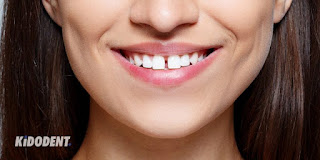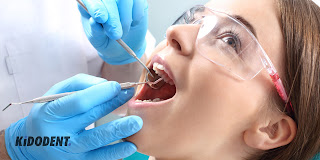Without braces, how can you fill a gap in your teeth?

Orthodontic therapy, often known as a ceramic brace , is frequently recommended for closing tiny gaps or spacing between teeth, especially if the teeth are mostly undamaged and of the proper size and proportion. Modern orthodontic treatment may be personalized to your desires, with alternatives such as discrete or even invisible treatment. The 'hidden' brace method is shown by lingual braces and Invisalign. However, if appropriate, some cases of tooth spacing and gaps can be treated with alternative therapies. Continue reading to learn about all of your alternatives. TEETH FILLING OPTIONS WITHOUT THE USE OF A BRACE Braces aren't required to close all gaps in the teeth. Whether or not braces are required is totally dependent on the cause of the gap. The dentist will need to determine what occurred to the teeth to generate the gap, and then choose which remedy is the most effective. These are the braces choices, each of which is dependent on the state of the teeth.

